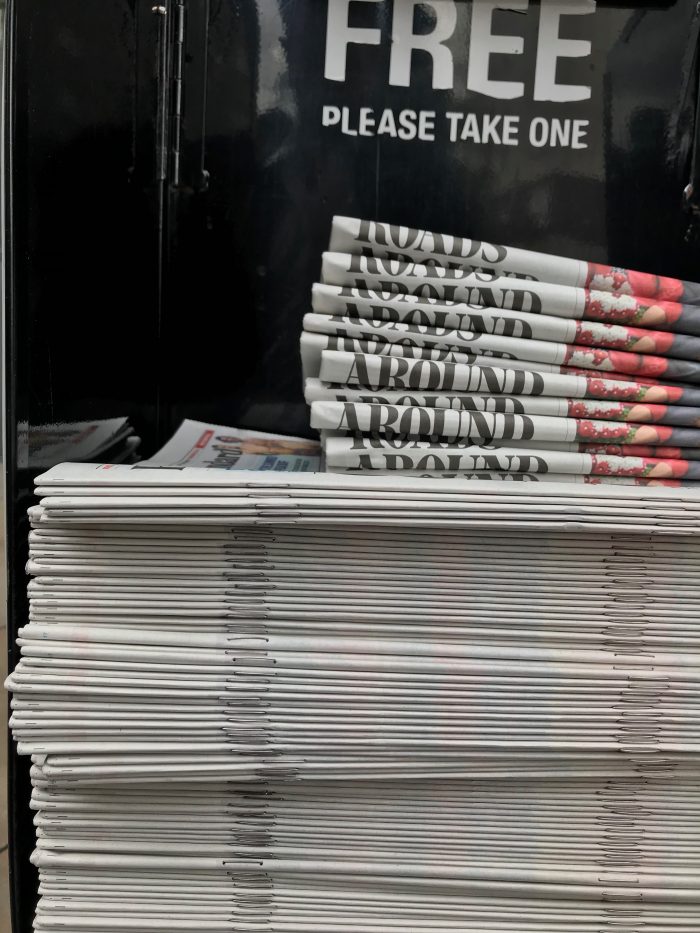Writing a good press release
by Natasha Ellard-Shoefield
There is lots of advice out there on how to effectively communicate with journalists, how to write that ‘killer press release’ and how to meet press deadlines.
However, one of the golden rules that is often over-looked is just simple plain old preparation.

What is PR?
If you have something newsworthy and it is communicated to the relevant journalists in the correct manner, then it will be published.
The trick to PR is to make sure that when you launch your new piece of client work or service, you are in a position to take advantage of all the opportunities that might come your way from the trade & marketing press.
What you will often find on a Google search are articles by experienced PR professionals giving out advice on ‘how to do PR’. They often give formulas on how to write press releases, what to do with them, how often and when to call a journalist. The advice that these articles give is often correct, but what these articles can’t give you is actual experience in implementation of these methods.
It’s the experience of implementation that separates those who get exceptional coverage in the press and those that don’t.
The following rules don’t tell you how to become a PR Guru overnight, or give you the winning formula to write a killer press releases, however it will prepare you for that call at 5.30 on a Friday night when a journalist calls and says; “Hi, I know its last minute but do you have an image to go with this press release you sent me, and do you think you might be able to answer a few further questions?”.
So here are the golden PR campaign preparation rules:
The release itself
A well-written release will tell the story at a glance – making the journalist’ s life easier and making it more likely they will cover your issue, so you need it to stand out from the crowd:
- Make it newsworthy, news has to be NEW
- Make a headline in caps not more than 4-5 words in length
- Know your media find out what type of stories your key media cover
- Find out about forthcoming features and copy schedules to inform when you release your stories to co-incide with relevant coverage
- Keep it short all on one page is preferable (4 or 5 paragraphs)
- Send your release in the body of the email not as an attachment
- Follow it up check that the journalist has all the information they need
- Call at a convenient time not close to deadlines
- If they’re not interested, ask why?
- Don’t be downhearted if yours isn’t covered, keep trying
- Try not to be too clever, remember that ‘journalists do the adjectives!’
Photography
Prepare your library of relevant images, including spokesperson shots, product shots, screenshots and anything else that might by relevant. The more pictures the better, there is nothing worse than seeing a news article in many different publications and they all use the same picture (although this may have its advantages too).
Ensure the images that you have prepared are of high quality, approx over 300 dpi and invest in pack shots of your work if you can.
The elevator pitch
Make sure your spokesperson has a couple of quotes in preparation for a journalist interview; provide him/her with a briefing sheet.
Journalists will often call and follow up some news with a further quote, make sure that you have something prepared so that the journalist can call you and get something of further value from a conversation with your spokesperson, this will encourage the journalist to call back for comment in the future.
Also, if you are making an announcement in conjunction with your client, make sure you brief the other spokesperson or PR agency to ensure that your messages and quotes all tell the same story.
Company profile
If you are launching a new company for one of your clients or adding to an existing product range, make sure you can provide a journalist with some company background on both agency and client.
Another golden rule of PR is not to assume a journalist’s knowledge, remember they deal with hundreds of different companies everyday and many of them have similar products so it would be understandable if they occasionally got it wrong.
One good PR technique is to always reiterate your company services and products when appropriate each time you meet or talk to a journalist. Remember, your company is growing and changing all the time; each time you meet a journalist your company will have changed.
The press pack
Journalists often like to receive background information when writing a story or preparing for an interview.
The best medium for providing this information is a traditional press pack, to provide information on corporate background, images, biographies of senior people in the agency, current press releases, product/service datasheets, cases studies and/or company brochure.
Obviously this information changes depending on which sector you are targeting and the spin you want to put on the story, but the basics always need to be there so a journalist can easily find what is required in the manner they are accustomed.
These are the basics when it comes to a press relations campaign preparation, but there is of course much more. Ideally to have an experienced PR person, with skills and contacts in your industry when looking to launch a new service or product would be the most effective way of generating great PR. When it comes to announcing your products and services to the media, perception is everything, which is why preparation is ultimately so important.